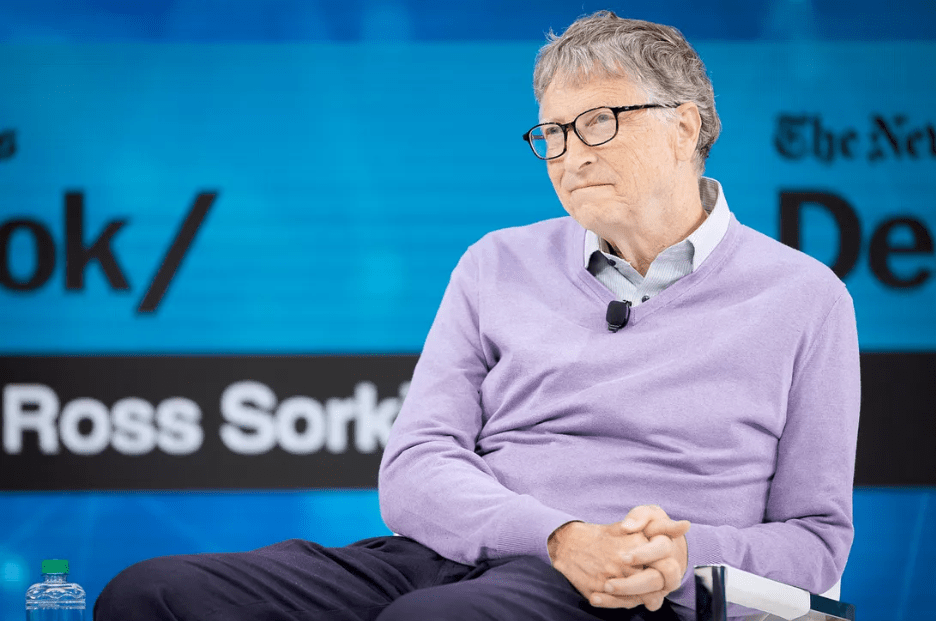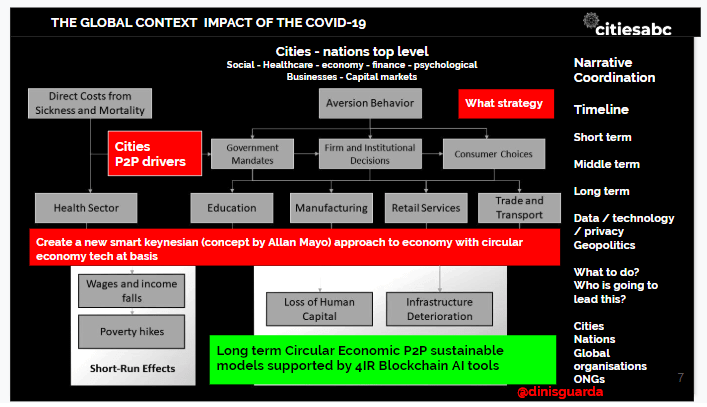
Bill Gates is well known for his philanthropist work channelled through the Bill & Melinda Gates Foundation. Among his multiple social endeavours, improving healthcare worldwide is a primary goal for him. Now that the latest coronavirus COVID-19 has become a global pandemic and threatens hundreds of thousands, he is ready to help as much as he can. Their efforts include helping to develop a vaccine, improving diagnosis and testing, and, most importantly, helping developing countries fight the outbreak. He went on Reddit to do an Ask Me Anything session on COVID-19. Here is an extract of the session.
Redditor’s question: What about the current crisis worries you the most? What gives you the most hope?
Bill Gates: The current phase has a lot of the cases in rich countries. With the right actions including the testing and social distancing (which I call “shut down”) within 2-3 months the rich countries should have avoided high levels of infection. I worry about all the economic damage but even worse will be how this will affect the developing countries who cannot do the social distancing the same way as rich countries and whose hospital capacity is much lower.
Is there any chance that the 18 month timeline for development of a vaccine can be shortened, and by how much?
This is a great question. There are over 6 different efforts going on to make a vaccine. Some use a new approach called RNA which is unproven. We will have to build lots of manufacturing for the different approaches knowing that some of them will not work. We will need literally billions of vaccines to protect the world. Vaccines require testing to make sure they are safe and effective. Some vaccines like the flu don’t for the elderly.
The first vaccines we get will go to health care workers and critical workers. This could happen before 18 months if everything goes well but we and Dr. Fauci and others are being careful not to promise this when we are not sure. The work is going at full speed.
I’d also like to ask the same thing, but with regards to the timeline for an effective treatment.
A therapeutic could be available well before a vaccine. Ideally this would reduce the number of people who need intensive care including respirators. The Foundation has organized a Therapeutics Accelerator to look at all the most promising ideas and bring all the capabilities of industry into play. So I am hopeful something will come out of this. It could be an anti-viral or antibodies or something else.
One idea that is being explored is using the blood (plasma) from people who are recovered. This may have antibodies to protect people. If it works it would be the fastest way to protect health care workers and patients who have severe disease.
What precautions should I take when delivering things such as groceries to my grandparents to limit my exposure to them?
Hand washing is key. Keeping a distance. Having someone else do it if you have a fever or are coughing.
As an educator, what is something I can do for my students, especially for my low-income students who don’t have access to technology during this time? I have tried to send reassuring emails (including cat pictures), but I worry about the educational impact, as well as the long-term impact to my students’ well being.
It is a huge problem that schools will likely be shut down for the next few months. I am impressed by the creative approaches that many teachers are coming up with to teach remotely. (If you are a teacher reading this, thank you for the work you’re doing.) But I know that not everyone is set up to teach remotely. There are a lot of good online resources out there, including Khan Academy, CommonLit, Illustrative Mathematics, Zearn, and Scholastic. Comcast and other internet connectivity providers are doing special programs to help with access. Microsoft and others are working on getting machines out but the supply chain is quite constrained. Unfortunately low-income students will be hurt more by the situation than others so we need to help any way we can.
I read the Imperial College COVID-19 Response Team report as well as this explanation in a historical context. Essentially, it says that by doing nothing, 4 million Americans die. Through the mitigation strategy—i.e. social distancing and “flattening the curve”— it says that 1.1-2 million Americans will die. However, it also says that the suppression strategy, or “shutting everything down for 18 months”—will lead to only a few thousand people dying.
Do you agree with these numbers, and if so, is there any excuse for not immediately issuing a shelter in place order for the entire country?
Fortunately it appears the parameters used in that model were too negative. The experience in China is the most critical data we have. They did their “shut down” and were able to reduce the number of cases. They are testing widely so they see rebounds immediately and so far there have not been a lot. They avoided widespread infection. The Imperial model does not match this experience. Models are only as good as the assumptions put into them. People are working on models that match what we are seeing more closely and they will become a key tool. A group called Institute for Disease Modeling that I fund is one of the groups working with others on this.

How is your foundation helping the current pandemic? Are you donating money, producing products for health workers?
Our foundation is working with all the groups who make diagnostics, therapeutics and vaccines to make sure the right efforts are prioritized. We want to make sure all countries get access to these tools. We donated $100M in February for a variety of things and we will be doing more. One priority is to make sure that there is enough manufacturing capacity for therapeutics and vaccines. We have other efforts like our education group working to make sure the online resources for students are as helpful as they can be.
Won’t a rebound happen after the shutdown ends?
It depends on how you deal with people coming in from other countries and how strong the testing effort was. So far in China the amount of rebound being seen is very low. They are controlling people coming into the country very tightly. Hong Kong, Taiwan and Singapore have all done a good job on this. If we do it right the rebounds should be fairly small in numbers.
How is the economy likely to recover after all of this in your opinion?
Yes eventually. The economic impact of the “shut down” will be large but if it is done well (including the testing piece which I keep mentioning) eventually we can open back up.
What do you see as the long-term strategy for fighting this pandemic and do you feel like it will adequately prepare us for the next?
I think that after this is under control that Governments and others will invest heavily in being ready for the next one. This will take global cooperation particularly to help the developing countries who will be hurt the most. A good example is the need to test therapeutics wherever the disease is to help the whole world. The Virus doesn’t respect national boundaries.
In your opinion, after this pandemic comes to a close, however long that may be, what should be the first step we as a global community take so that we are better prepared for the next pandemic?
The TED talk I did in 2015 talked about this. We need to have the ability to scale up diagnostics, drugs and vaccines very rapidly. The technologies exist to do this well if the right investments are made. Countries can work together on this. We did create CEPI = Coalition for Epidemic Preparedness Innovation which did some work on vaccines but that needs to be funded at higher level to have the standby manufacturing capacity for the world.
Since 2000, the Microsoft founder has focused entirely on his foundation. In fact, it is reported that the Bill & Melinda Gates Foundation to be the largest private foundation in the world, holding $50.7 billion in assets. Among their objectives, their primary goals are to enhance healthcare and reduce extreme poverty in the world, and, specifically in the U.S., to expand educational opportunities and access to information technology.
